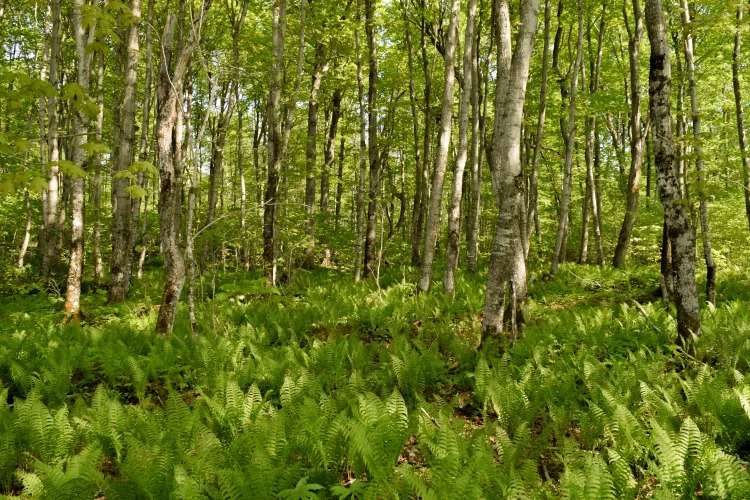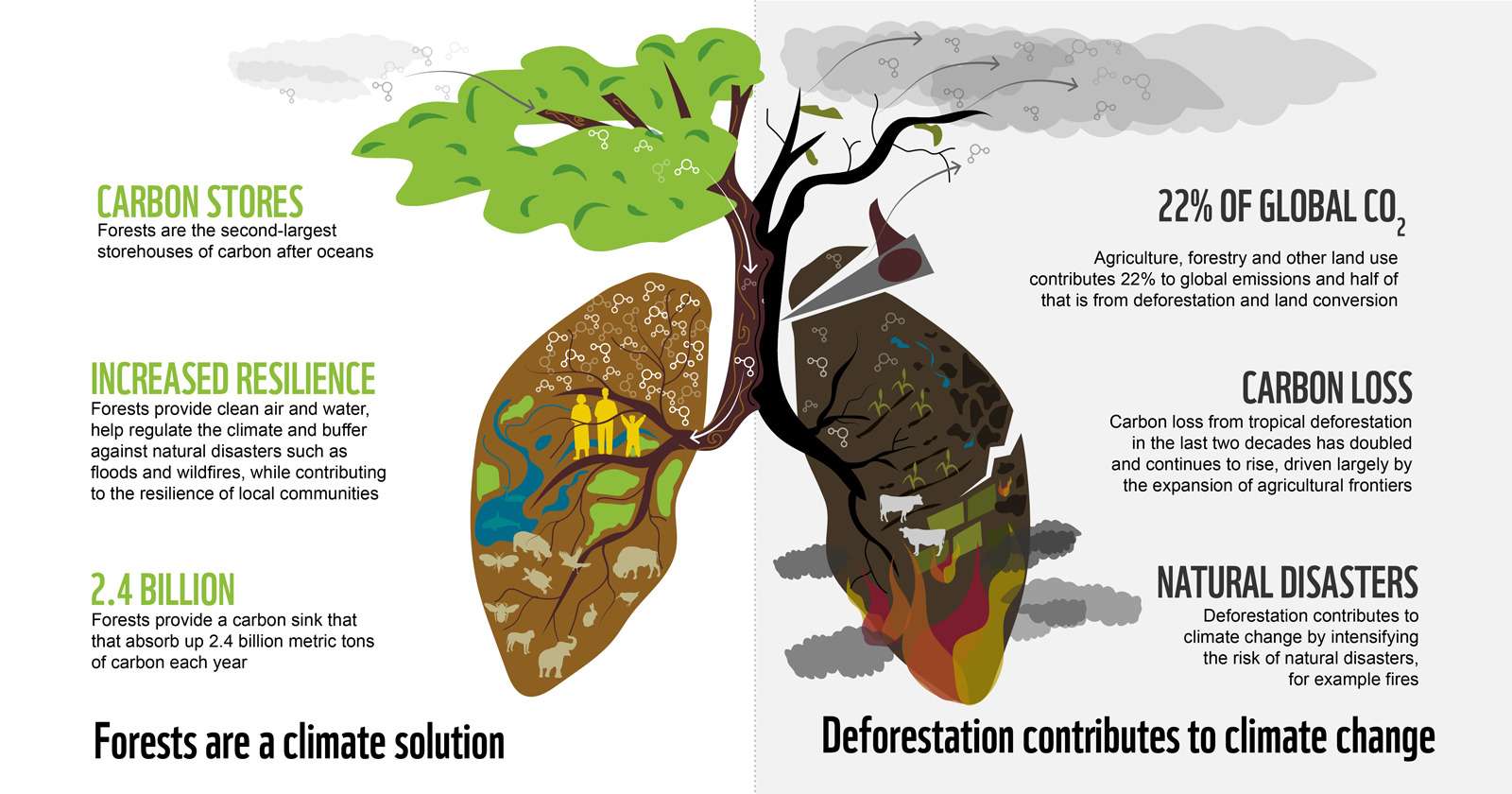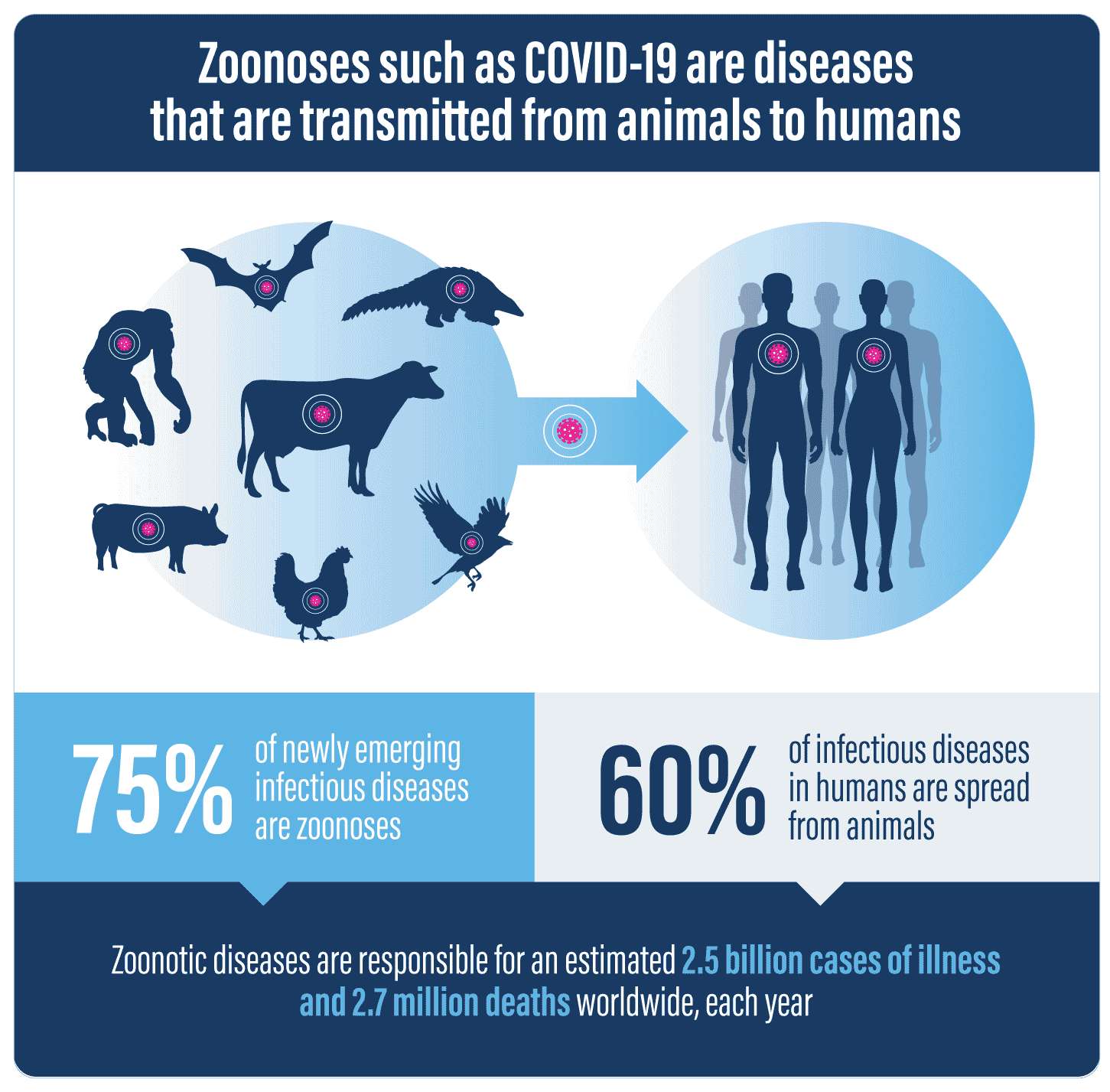Forests are more than just a collection of trees and plants. They are integrated ecosystems, home to some of the most diverse life on Earth. These ecological communities are essential for human well-being. It is, therefore, important to understand the cost of deforestation.
In today’s modern society, diseases caused by poor lifestyle choices are imminent. Environments that contain natural elements (such as forests, parks, and gardens) exponentially stimulate human health and well-being.

Source: Treehugger
Forests and Human Well-being: The Connection
Forest health is closely connected to human health and overall well-being. Numerous studies show that having positive interactions with nature can lead to measurable psychological and physiological health benefits. Urban green space, parks, and forests provide numerous other permanent positive effects (Sandifer et al., 2015).
For many years, our increasingly urban lifestyles (Royal Commission on Environmental Pollution, 2007) have disconnected us from nature. This may have contributed to a decline in many aspects of our health and well-being (Depledge et al., 2011). The UK Department of Health reported that children now spend only 9% of their time outdoors. For adults, the figure is approximately 20% (Health Protection Agency, 2008).
Indoor lifestyles are often associated with reduced exercise and increasing rates of obesity and diabetes (Department of Health, London 2009). This can lead to higher incidences of depression and psychological disorders. However, a large amount of evidence is accumulating, proving that natural environments have an important influence on our lives. Time spent in nature affects levels of physical activity, resulting in reduced health service costs. There are an increasing number of individuals claiming to have experienced the personal benefits of spending time in forests, on seashores, on river banks, mountains, or moorland (Depledge et al., 2011).
How Do Forests Contribute to Human Well-Being?
A study assessed the effects of short-term outdoor physical activity, compared with physical activity indoors. In more than half of the examined, participants’ moods and attitudes were significantly more positive following outdoor, compared to indoor, activity. Participants reported revitalisation, self-esteem, positive engagement, vitality, energy, pleasure, and delight. This was paired with lower frustration, worry, confusion, depression, tension, and tiredness (Coon et al., 2011).
The Green Gym is an example of a voluntary nature-based program or social prescription. The program engages attendees in group-based physical activity with a purpose, in natural settings. Findings suggest that Green Gym can facilitate well-being improvements. Increases in well-being were observed, on average, 4.5 months after engaging in the Green Gym, and were sustained, on average, 8.5 months later. Increases in human well-being were more pronounced for individuals with low levels of well-being (Symth et al., 2022).

Source: Alamy
Forests in Urban Settings
A study at the Japanese Forestry and Forest Products Research Institute has addressed the exposure of subjects to forests and urban settings. The effect that these exposures have on subjective ratings and physiological measures is infinite. Lower blood pressure, heart rate, and salivary cortisol excretion were reported. The study also demonstrated that 15 – 20 min exposures to natural environments, (such as a broad-leaf forest), were accompanied by a significant lowering of blood pressure, pulse rate, and cortisol levels. This was compared to similar exposures in a busy city area. A meta-analysis assessed changes in mental health before and after short-term exposure to facilitated outdoor exercise (Barton and Pretty, 2010). It was determined that exercise in green spaces improved both self-esteem and mood.
It is estimated that around 820 million people live in tropical forests and savannahs in developing countries (FAO, 2018a). They rely on forest goods and services for food, wood fuel, building materials, medicines, jobs, and cash. Forest dependence is growing, as subsistence farmers (practising agroforestry) rely on the regulation and provisioning of resources such as forests and trees (FAO and UNEP, 2020). Forests can provide great benefits for these people, providing fuel, employment, and nutrition. These ecosystems also provide a significant portion of the daily nutrient intake for those living in forested regions (FAO, 2011).

Source: Niyis
Medicinal Plants As An Ecosystem Service For Human Well-Being
Forests supply many traditional medicines (FAO, 2014). Traditional medicine contributes to the resilience of people immersed in forests around the world. This is often considered the most available, accessible, affordable, and sometimes culturally acceptable source of health care. It is estimated that at least 1 billion people in developing regions use herbal remedies to treat children’s diarrhoea (FAO, 2014). Ayurvedic medicine is another popular natural remedy used in India.

Source: Adobe Stock
In India, forest plant species are commonly used remedies for a myriad of different ailments, from leprosy to asthma. (Baishya, Sarma and Begum, 2013; Padal, Chandrasekhar and Vijakumar, 2013). These traditional healthcare systems are crucial for sustaining human lives, particularly in areas where formal healthcare systems are absent (FAO, 2006). Some forest-based medicinal products are traded internationally or form the basis of commercial pharmaceuticals. Furthermore, they are key to the spiritual and mental health of many minorities, particularly indigenous peoples, whose cultures are tightly intertwined with the environment (FAO, 2020).
What is the cost of deforestation?
Forests help sustain life around the world—far beyond where their tree lines end. However, if humans continue to destroy forests at the current rate, the cost of deforestation will be significant. More than 15 billion trees are cut down each year. They’re integrally important for lives, homes, and livelihoods, and they have a crucial role to play in tackling biodiversity and the climate crisis. Forests also play an invaluable role in combatting climate change. Forests contribute to the prosperity and well-being of future generations, as long as their resources are sustainably managed.
Climate Action
The maintenance of forests is crucial to climate action. We must mitigate the frequency and severity of extreme weather events like heat waves, droughts, floods, and tropical cyclones. There are flow-on effects on human health, critical infrastructure, and the delivery of essential services. Water and sanitation, education, energy, and transportation are similarly affected. However, despite all these environmental, health, and social benefits, forests globally are being destroyed at an alarming rate.

Source: World Wide Fund For Nature (WWF)
Deforestation is the mass removal of trees over a substantial area. The term most often refers to the clearing of trees by humans, but natural occurrences such as flooding or fire also eliminate forests. Most frequently, deforestation occurs to clear land for other human purposes, like farming, or collecting timber from fallen trees. This cost of deforestation, together with agriculture and other land use changes, is responsible for roughly 25 percent of global greenhouse gas emissions. The world has lost over 420 million hectares (or about a billion acres) of forest. According to the Food and Agriculture Organization of the United Nations, this happens mainly in Africa and South America. About 17 percent of the Amazonian rainforest has been destroyed over the past 50 years, and losses recently have risen.
Human Activity
Human activities such as farming, grazing of livestock, mining, and drilling, combined, account for more than half of all deforestation. Forestry practices, wildfires and urbanisation account for the rest. In Malaysia and Indonesia, forests are cut down to make way for producing palm oil. It can be found in everything from shampoo to saltine crackers. In the Amazon, cattle ranching and farms—particularly soy plantations—are key culprits. Also, logging operations, which provide the world’s wood and paper products, also fell countless trees each year. Loggers, some of them acting illegally, also build roads to access more and more remote forests—which leads to further the cost of deforestation. The growing urban sprawl also cuts down forests to develop land for homes.

Source: National Geographic Society
Deforestation
More often than not, we tend to take forests for granted, underestimating how indispensable they still are for everyone on the planet. The cost of deforestation has serious consequences on the health of people directly dependent on forests, as it increases the risk of diseases crossing over from animals to humans. Zoonotic diseases can spread as ever-expanding human life destroys wild places. A November 2022 study showed that when bats struggle to find suitable habitats, they travel closer to human communities where diseases are more likely to spill over. Inversely, when bats’ native habitats were left intact, they stayed away from humans.
In 2014, for example, the Ebola virus killed over 11,000 people in West Africa after fruit bats transmitted the disease to a toddler who was playing near trees where bats were roosting. In Liberia, forest clearings for palm oil plantations attract hordes of typically forest-dwelling mice, lured there by the abundance of palm fruit around plantations and settlements.

Source: Proveg international
The Price
The cost of deforestation effects reaches far beyond the people and animals where trees are cut. The South American rainforest, for example, influences regional and perhaps even global water cycles, and it’s key to the water supply in Brazilian cities and neighbouring countries.
In terms of climate change, cutting trees both adds carbon dioxide to the air and removes the ability to absorb existing carbon dioxide. 15% of all greenhouse gas emissions are attributable to deforestation and forest degradation. These greenhouse gas emissions factor into global warming, altered water trends, and a rise in the regularity of extreme weather events. All of these increase threats to human health and well-being.
moving forward
Forests play an essential and undeniable role in the planet’s life cycle and human health. Nature gives us joy and satisfaction, but we also have a duty to keep our intimate connections with other species alive. Reconnecting with nature will allow us to fully comprehend, respect, and support forests. Sustainable growth entails balancing habitats so we don’t overuse the planet’s resources. In return, we receive benefits from the ecosystem like food, fresh water, and pure air. Residual benefits we reap include outdoor exercise, aesthetic stimulation, and the profound sense of well-being that nature alone can deliver to us in her myriad of forms.
why Is it essential that we focus on deforestation and Human well-being?
We need to take a huge step in stopping deforestation. Recognition and understanding of the connection between forests and human health are imperative. We must make lifestyle changes such as shopping more consciously for sustainably certified products, eating plant-based, and reducing over-consumption. We’re demanding too much from our planet and we have an unsustainable ecological footprint. The 2019 United Nations Special Report on Climate Change and Land revealed that shifting to a plant-based diet is an efficient opportunity to mitigate climate change.
Another direct strategy to fight against the cost of deforestation is to plant trees. Consider planting and caring for trees as a lifelong investment into the environment and for the overall health and quality of life. In addition, by raising awareness and contacting local officials, you can support government initiatives by donating to or volunteering for non-profit organisations.
The United Nations Framework Convention on Climate Change (UNFCC), is an international treaty signed by nearly every country in the world, aiming to address global warming and reduce emissions of greenhouse gases, many of which are associated with deforestation and land use changes in tropical forests. Other global initiatives include the Reducing Emissions from Deforestation and Forest Degradation (REDD+) program, (which aims to provide incentives to countries and communities to reduce deforestation and promote sustainable forest management), and the Tropical Forest Alliance 2020 (TFA 2020), (a partnership that aims to reduce deforestation and promote sustainable land-use practices in tropical forest regions).
achieving the United Nations Sustainability Development Goals (SDGs)
Achieving Sustainable Development Goal 3 (Ensure Health and Well-being for all at all ages) is critical. Meeting this target by 2030 will be difficult, particularly in the Global South. Science is at the heart of sustainable development and is our ticket to finding new ways to address SDG 3.
THRIVE Framework
THRIVE invests interest in issues fundamental to the integrity of our society. Deforestation must be treated as a global emergency. All stakeholders must acknowledge this issue and work hard to mitigate its effects on the environment.
To learn more about how The THRIVE Project is researching, educating and advocating for a future beyond sustainability, visit our website. You can follow our informative blog and podcast series and learn about our regular live webinars featuring expert guests in the field. Sign up for our newsletter for regular updates.























